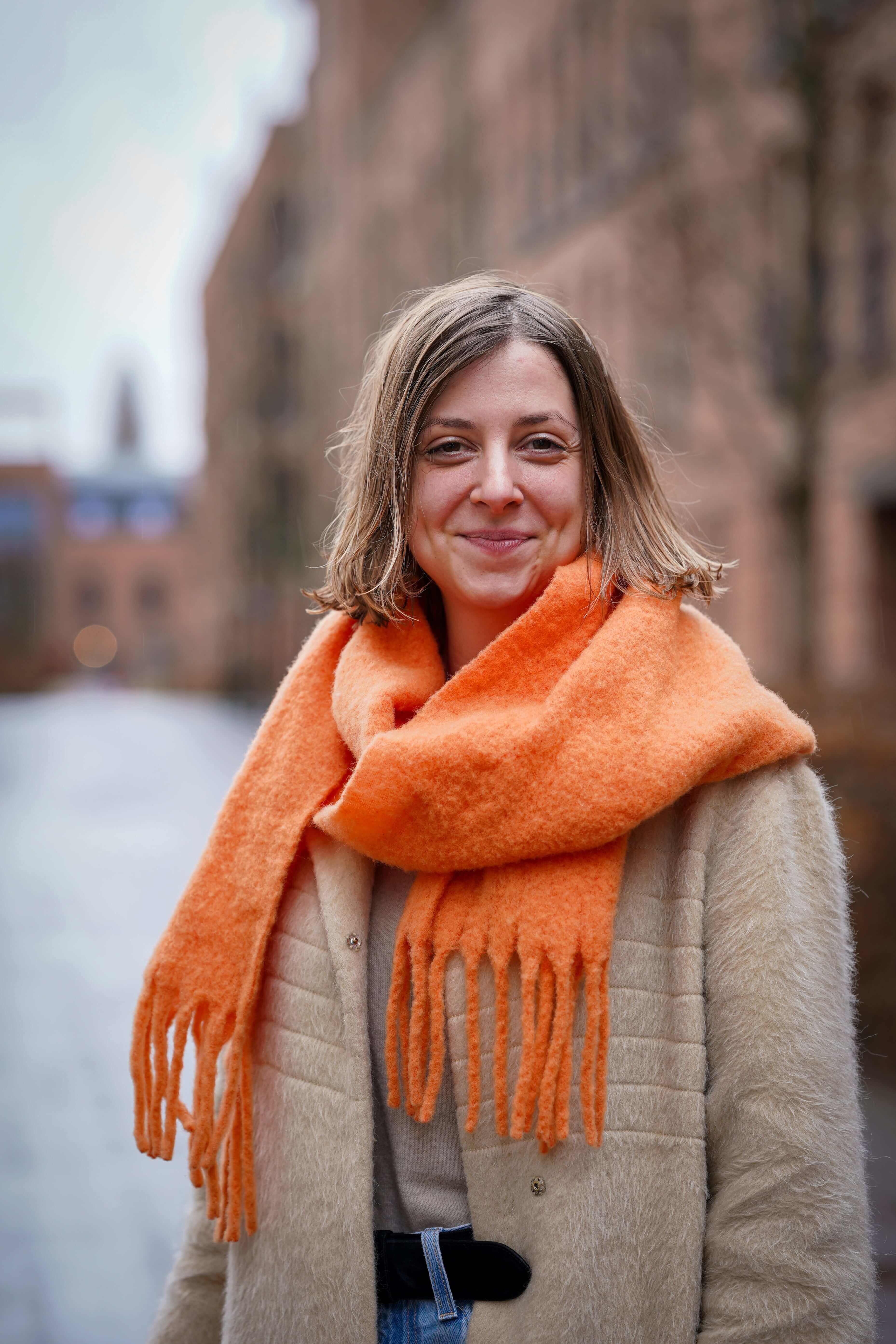Lorem ipsum dolor sit amet, consectetur adipiscing elit. Suspendisse varius enim in eros elementum tristique. Duis cursus, mi quis viverra ornare, eros dolor interdum nulla, ut commodo diam libero vitae erat. Aenean faucibus nibh et justo cursus id rutrum lorem imperdiet. Nunc ut sem vitae risus tristique posuere.


Waarom wilde vroeger niemand zijn lichaam schenken aan de wetenschap?
Andreas Vesalius was een van de eersten die per se een menselijk lichaam wilde opensnijden. Vóór Vesalius dissecteerden anatomen dieren om meer te weten te komen over het menselijk lichaam. Toen Vesalius het met mensen wilde doen, wist hij niet goed waar hij aan lijken kon geraken, dus stal hij de lichamen van misdadigers aan de galg. Hoe het verder ging en hoe wetenschapppers ons daarna hebben kunnen overtuigen om ons lichaam vrijwillig af te staan aan de wetenschap, dat vertelt prof. dr. Tinne Claes, historica aan de KU Leuven.
key notes
What’s a Rich Text element?
The rich text element allows you to create and format headings, paragraphs, blockquotes, images, and video all in one place instead of having to add and format them individually. Just double-click and easily create content.
Static and dynamic content editing
A rich text element can be used with static or dynamic content. For static content, just drop it into any page and begin editing. For dynamic content, add a rich text field to any collection and then connect a rich text element to that field in the settings panel. Voila!
How to customize formatting for each rich text
Headings, paragraphs, blockquotes, figures, images, and figure captions can all be styled after a class is added to the rich text element using the "When inside of" nested selector system.




.jpg)
.jpg)


.jpg)


.png)





